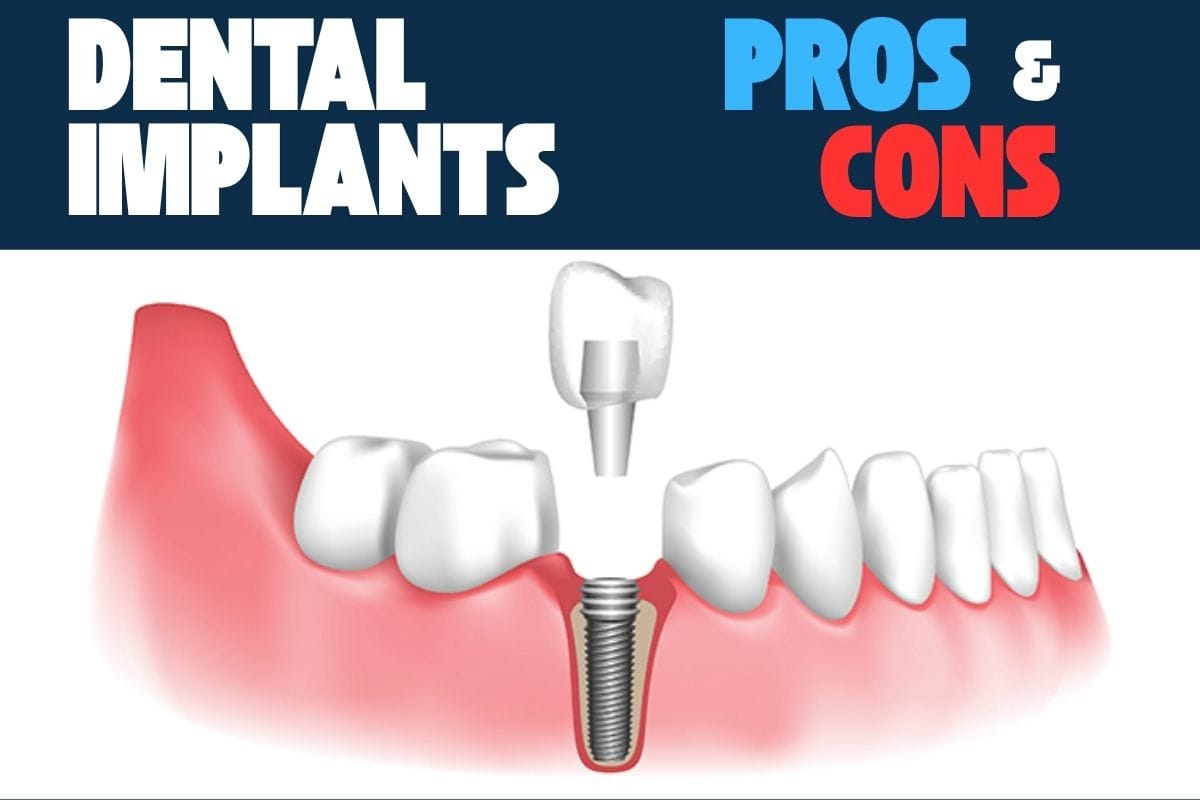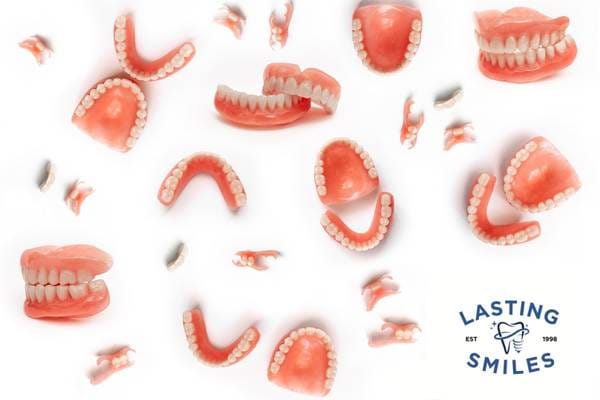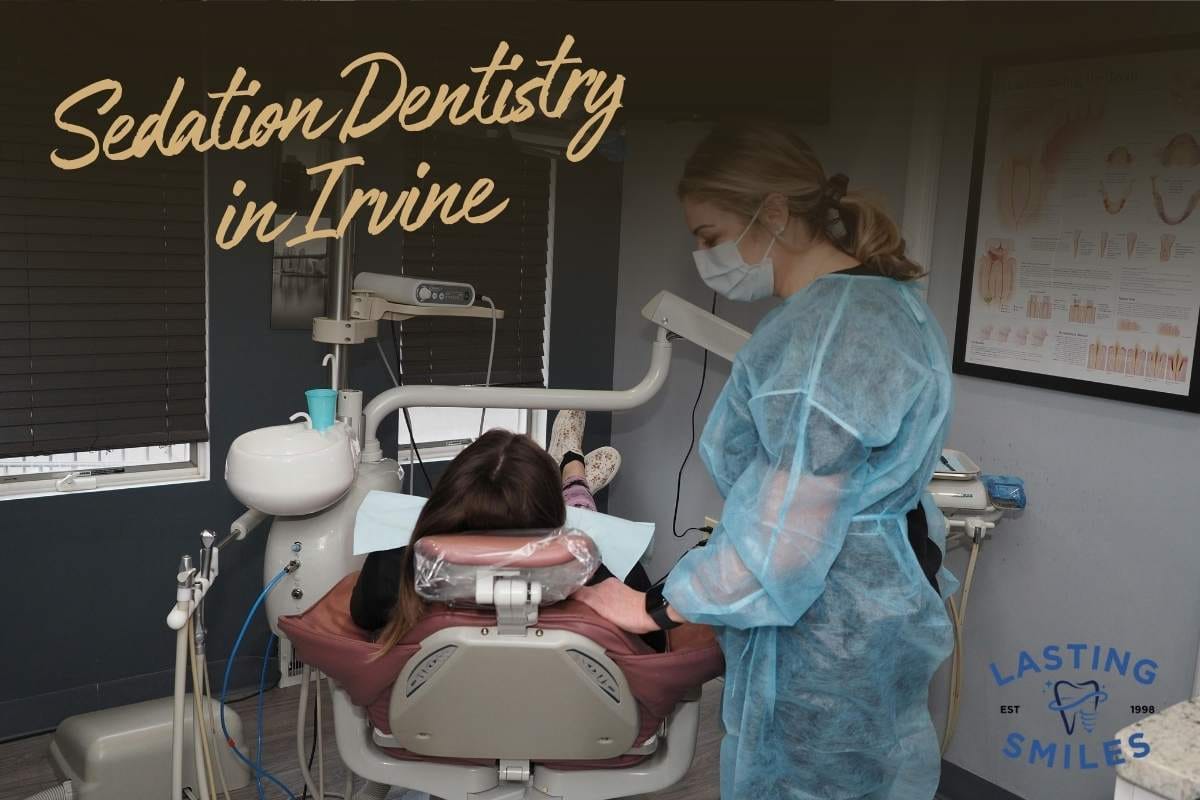
Dental implants are widely regarded as the most advanced option for replacing missing teeth. But they aren’t always the ideal choice for every patient. In this article we’ll explore:
- What dental implants are
- Key benefits of implants
- Potential drawbacks and risks
- Who makes a good candidate (and who may not)
- How implants compare with bridges and dentures
- Practical considerations, planning, and upkeep
- A conclusion to help you decide
Throughout, you’ll see internal hyperlinks to relevant pages on Lasting Smiles to help you dive deeper into related topics.
What Are Dental Implants?
A dental implant consists of a small biocompatible post (most commonly titanium or zirconia) that is surgically placed into the jawbone to act like a tooth root. Over time, the bone fuses with the implant via osseointegration, creating a stable base on which a dental crown, bridge, or prosthetic (such as an overdenture) is attached.
Because it replaces the root structure, an implant maintains bone and supports the overlying gums and soft tissues. For more on different implant types, see Types of Dental Implants.
Major Pros of Dental Implants
Below are the primary advantages that make implants a preferred choice for many patients:
1. Durability & Longevity
Implants are engineered to last. Many patients maintain their implants for 20, 30 years, or more. Because the implant integrates into bone, it’s stable and often more durable than alternatives.
2. Preserves Jawbone Integrity
One of the standout advantages is that implants help prevent bone resorption (shrinking) that typically follows tooth loss. Without stimulation, bone in that area gradually deteriorates. An implant mimics natural tooth forces and helps maintain bone volume.
3. Natural Look, Feel & Function
Implants offer superior aesthetics and functional capability. When properly restored, they behave much like natural teeth—comfortable chewing, natural speech, and appearance.
4. Independence from Neighboring Teeth
Unlike a bridge, which requires the adjacent teeth to be reduced, implants stand independently. They do not compromise or require alteration of healthy neighboring teeth.
5. Enhanced Quality of Life
Patients often report higher satisfaction, improved confidence, and less worry about shifting or slipping prosthetics. A fixed implant solution can feel seamless.
6. Better Oral Health
Implants do not decay like teeth. They allow better access for flossing and cleaning between teeth, helping preserve surrounding teeth. Because they root into the bone, they also help maintain facial structure and prevent a sunken, aged appearance.
7. Adaptability Across Solutions
Implants can support single crowns, multi‑tooth bridges, overdentures, or full‑arch systems (e.g., All-on-X). This flexibility allows various design options for your restoration plan.
Potential Cons, Risks & Considerations
No treatment is flawless. Here are the main disadvantages to understand:
1. Higher Upfront Cost
Implants typically cost more than bridges or dentures. The expense includes planning, surgery, implant hardware, and the prosthetic.
2. Longer Treatment Time
From planning to final restoration, the process may take months. First, the implant is placed, then there’s a healing phase for integration, followed by attachment of the crown. If bone grafts or sinuses lifts are required, the timeline extends further.
3. Surgical Complexity & Risks
Because implants require surgery, risks include:
- Infection
- Bleeding
- Injury to nearby nerves or adjacent teeth
- Graft or implant failure
- Gum recession around the implant
While rare, these complications underscore the importance of experienced surgical technique.
4. Requirement for Adequate Bone
Not all patients have sufficient bone volume or density for implant support. Many require bone grafting or augmentation prior to implantation. Read more on support and grafting in our quality implant treatments page.
5. Not Ideal for Everyone
Certain medical conditions (uncontrolled diabetes, immunosuppression), heavy smoking, or poor healing capability can disqualify someone or increase risk. Careful screening is essential.
6. Maintenance & Long-Term Care
Though robust, the prosthetic crown or abutment may eventually require replacement. Also, implants are susceptible to soft‑tissue inflammation (peri-implant mucositis) or peri-implantitis, conditions akin to gum disease around implants. Regular checkups and hygiene are critical.
7. Complexity of Revision
If an implant fails, removing and replacing it can be more complicated than managing a failed bridge or denture.
Who Is a Suitable Candidate for Implants?
Here’s a snapshot of ideal vs. less favorable candidates:
| ✅ Suitable Candidate | ⚠️ Less Favorable Candidate |
|---|---|
| Good general and oral health | Uncontrolled systemic disease |
| Adequate jawbone or willing to have grafting | Severe bone deficiency, unwilling to graft |
| Nonsmoker or moderate smoker | Heavy smoker or tobacco user |
| Good hygiene and compliance | Poor hygiene or irregular dental care |
| Healthy gums and periodontal stability | Untreated gum disease |
During your consultation, we evaluate bone volume, gum health, medical history, and lifestyle to determine implant suitability. We may suggest sedation dentistry for comfort during treatment—learn more about Sedation Dentistry.
Implants vs Bridges vs Dentures: Comparative Overview
Let’s compare implants side by side with the two most common alternatives.
Implants vs Bridges
Pros of implants over bridges:
- No need to reduce or alter adjacent teeth
- More durable and stable long-term
- Better bone preservation
Potential cons:
- Bridge placement is non‑surgical and faster
- Lower upfront cost
Implants vs Dentures
Pros over conventional dentures:
- Removable dentures may shift or slip; implants are fixed
- Implants restore near-normal chewing force
- Implants prevent further bone loss
- Patients avoid adhesives, discomfort, or plate coverages
Cons relative to dentures:
- Dentures can replace many teeth with fewer surgical demands
- Dentures are reversible and lower cost initially
An intermediate solution includes implant‑supported overdentures, combining the stability of implants with the removability of dentures.
Practical Planning & Decision‑Making Considerations
When considering implants, these factors are vital:
- Evaluate bone status — if bone is inadequate, plan grafting or augmentation
- Choose implant system and design — single, multiple, full arch
- Restore plan — decisions about crown, bridge, or overdenture
- Comfort & support during surgery — sedation options, surgical environment
- Estimate timeline and costs — staging, healing periods, prosthetic cost
- Maintenance plan — hygiene routines, follow-up visits, risk management
- Fallback strategy — what happens if an implant fails
Your implant provider should explain each of these steps clearly before proceeding.
Learn more about Dental Implants
- Quality Dental Implant Treatments & Grafting
- All-on-X / Full Arch Implant Solutions
- Types of Dental Implants
- Bone Grafting & Augmentation
- Sedation Dentistry
- Contact Us / Consultation Page
Embedding these links encourages readers to explore and helps SEO spread link equity across your site.
Final Thoughts & Takeaway
Dental implants offer one of the most advanced, functional, and aesthetically pleasing methods for replacing missing teeth. Their benefits—stability, bone preservation, natural feel—are compelling. Yet, they require greater investment, time, and precise execution. Not every patient is an ideal candidate, and understanding both advantages and drawbacks is crucial.
If you’re considering implants, start with a comprehensive consultation to assess bone, gum health, and systemic fitness. Ask about grafting, sedation options, and long‑term maintenance. And always select a provider committed to transparency, proper planning, and patient support.
Ready to explore your implant options? Contact Us to schedule your consultation and discover whether implants are the right solution for your smile.
Recent Articles
Different Types of Dentures in Irvine: Your Complete Guide to Choosing the Best Option for Your Smile
For thousands of patients, dentures remain one of the most reliable, life-changing solutions for restoring confidence, chewing ability, and overall oral function. At...
Removable Veneers vs. Permanent Veneers: Which Option Is Right for Your Smile?
In recent years, removable veneers—often promoted on social media as a quick, inexpensive way to achieve a “perfect smile”—have gained massive attention. TikTok...
Sedation Dentistry in Irvine, CA: Relaxed, Comfortable Dental Care at Lasting Smiles
For many people, visiting the dentist can trigger anxiety, fear, or even panic. Whether it stems from a past traumatic experience, fear of...




